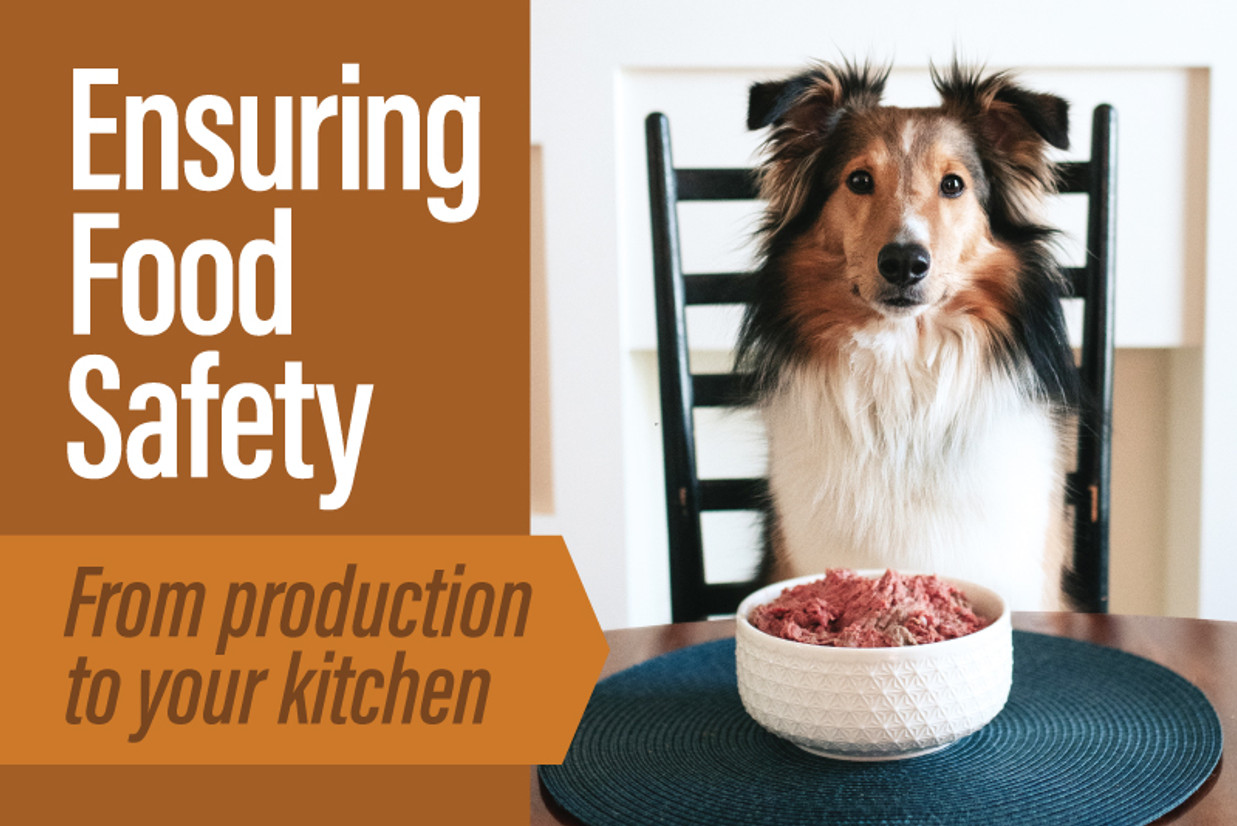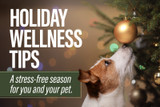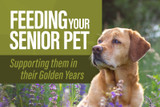Ensuring Food Safety
Ensuring Food Safety with Big Country Raw: From Production to Your Kitchen
At Big Country Raw, food safety is just as important as delivering trusted nutrition. As a leader in raw pet food, we follow rigorous protocols to ensure every meal is safe, nutritious, and of the highest quality for your pet. From our sourcing of raw materials and manufacturing processes, to how you handle raw food at home, here’s what you need to know to maintain the highest standards of food safety.
Big Country Raw Food Safety Protocols
At Big Country Raw, we have implemented a proactive and preventative science-based approach to food safety. Our HACCP protocols are designed to prevent and eliminatecontamination to maintain product integrity.
Here are some control measures we follow:
-
Ingredient Sourcing: Big Country Raw has a strict supplier procedure approval which includes sourcing only human-gradeingredients compliant with SFCR and fromOMAFRA (Provincial) and federally CFIA (Federal) government inspected facilities.
-
Cold Chain Management: All ingredients are kept at required temperatures to prevent bacterial growthat all stages from bringing in raw materials all the way to temperature-controlled vehicles delivering either directly to you or to your store.
-
Bacteriophages:We use bacteriophages as an antimicrobial agent,which are a natural, CFIA approved (for human consumption), and effective way to control harmful bacteria like Salmonella, E. coli, and Listeria. Instead of using chemicals or heat (which could damage nutrients in raw food), phages can help reduce bacterial contamination while keeping flavour, shelf-life, texture and maintaining food freshness and nutrition.Bacteriophages leave no residue on the product.
-
GMPs: Our employees follow strict food handling guidelines to prevent cross-contamination, our facility and manufacturing activities are based on “Good Manufacturing Practices”, where PPE is used, handwashing is mandatory, allergen controls and product identification and traceability are applied.
-
Sanitation Procedures: Our production kitchen undergoes rigorous cleaning and sanitization protocols to minimize the risk of contamination.
-
Internal Auditing: We have a team of qualified auditors that cross audit our activities through the year to verify our food safety system is effective.
Understanding HACCP in Raw Food Production
Hazard Analysis and Critical Control Points (HACCP) is a globally recognized food safety system that applies a preventative approach and implement control measures to ensure safe production of food. Itidentifies and controls potential hazards in food production including distribution. At Big Country Raw, our third-party audited HACCP certification ensures:
-
Efficacy of Critical Control Points (CCPs): We pinpoint key stages in production where hazards could occur, such as during processing or packaging, at the auditing process, the process is verified.
-
Preventative Measures: Steps are taken to reduce or eliminate risks, such as proper freezing and packaging. The control measures rationale get gets audited based on food industry standards.
-
Monitoring and Verification: We continuously test and monitor our processes to confirm that food safety measures are effective. During our third-party audit we demonstrate that our procedures are implemented as written. If deficiencies are noted, these are reflected as non-conformances.
Our high score exhibits our commitment to food safety and implementation of our Quality programs.
Extending Food Safety to Your Kitchen
While we take every precaution to deliver safe, high-quality raw pet food, it’s equally important to follow best practices when handling raw food at home. Here’s how you can ensure safety in your kitchen:
1. Proper Storage
-
Keep raw food frozen until ready to use.
-
Thaw food in the refrigerator or in a covered container to prevent leaks.
-
Store raw food separately from other foods in your fridge to avoid cross-contamination as you would with raw meat you purchase for your own consumption at the grocery store or butcher.
2. Safe Handling Practices
-
Wash hands thoroughly with soap and water before and after handling raw food.
-
Use separate utensils and cutting boards for raw pet food and human food.
-
Disinfect surfaces and utensils after contact with raw food.
3. Serving and Cleaning Up
-
Serve raw food in a designated feeding area that is easy to clean.
-
Dispose of uneaten food promptly and wash bowls with hot, soapy water.
-
Regularly clean and sanitize pet feeding areas.
Final Thoughts
Just like the raw meat you buy at the grocery store or butcher; raw pet food requires common-sense handling. We are doing our part to keep your pet’s food safe through our sourcing, manufacturing, production and cold chain practices. But simple food safety habits, like proper storage, cleaning, and handwashing - whether prepping a meal for yourself or your pet - are what truly keep your kitchen safe. It’s that simple!
Recent Posts
-
Holiday Wellness Tips: A stress-free season for you and your pet
The holiday season is full of sparkle, excitement, and delicious food, but it can also disrupt your
-
Feeding Your Senior Pet: Supporting them in their Golden Years
Most raw feeding conversations revolve around transitioning puppies or adult dogs. Once the switch i
-
Catober Spotlight: Feline Favourites for a Healthier, Happier Cat
October isn’t just about pumpkin spice and cozy sweaters - it’s also the perfect time to celebrate o





